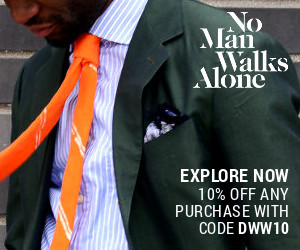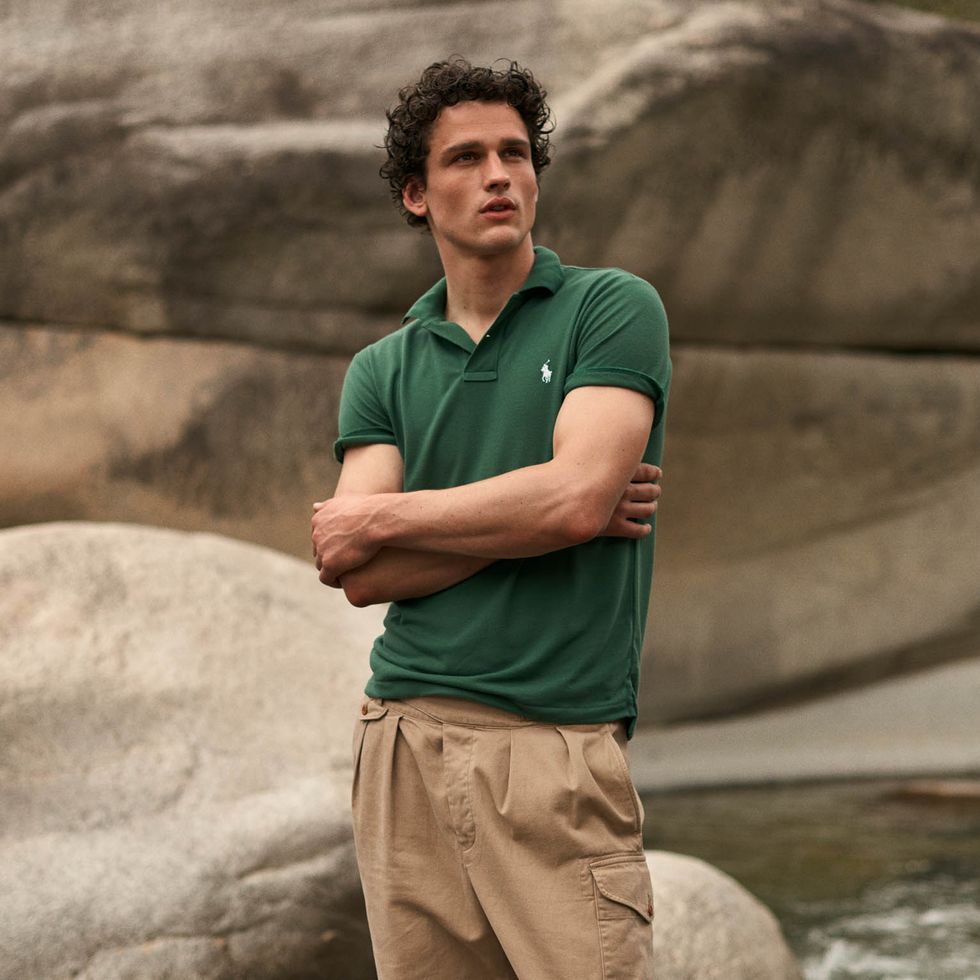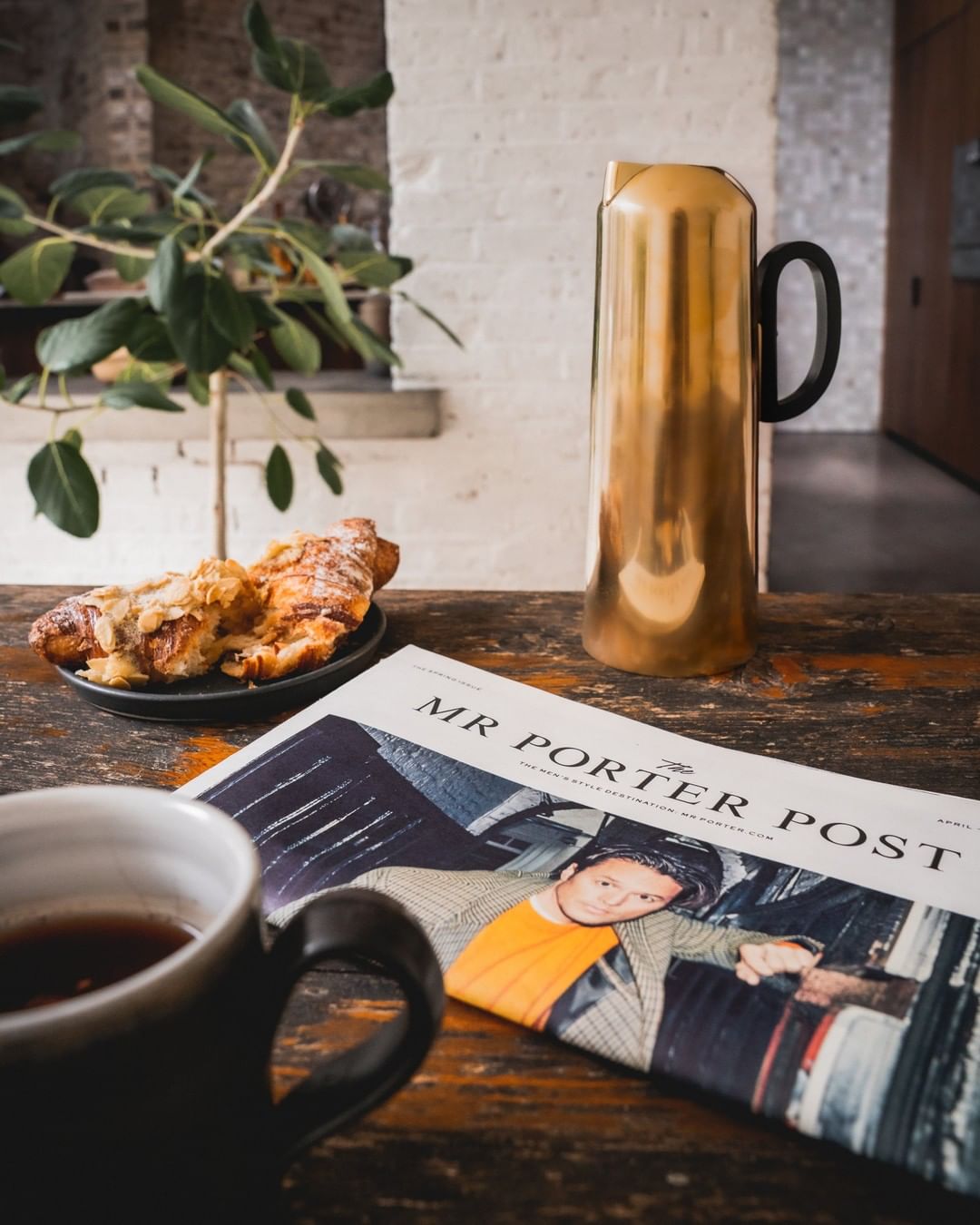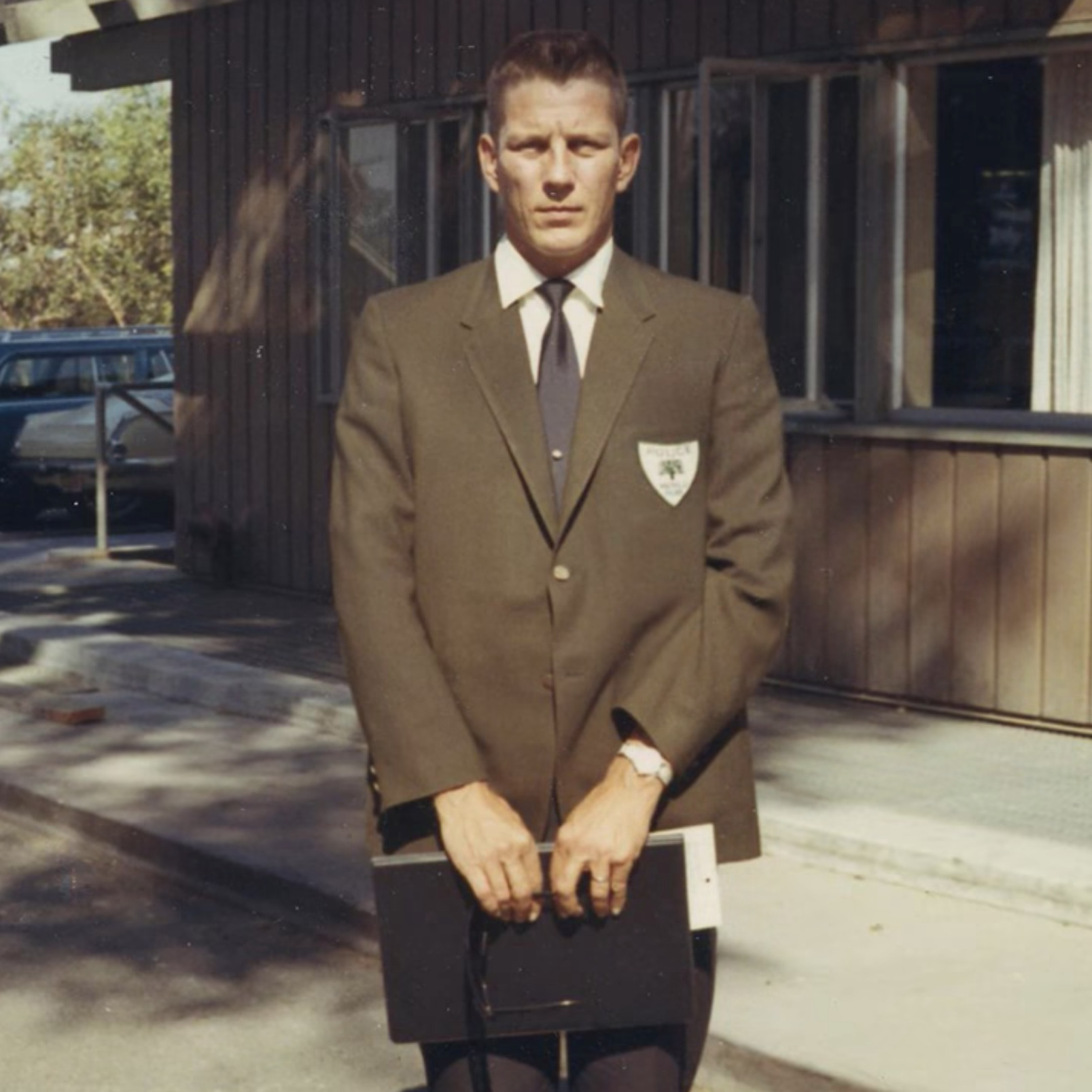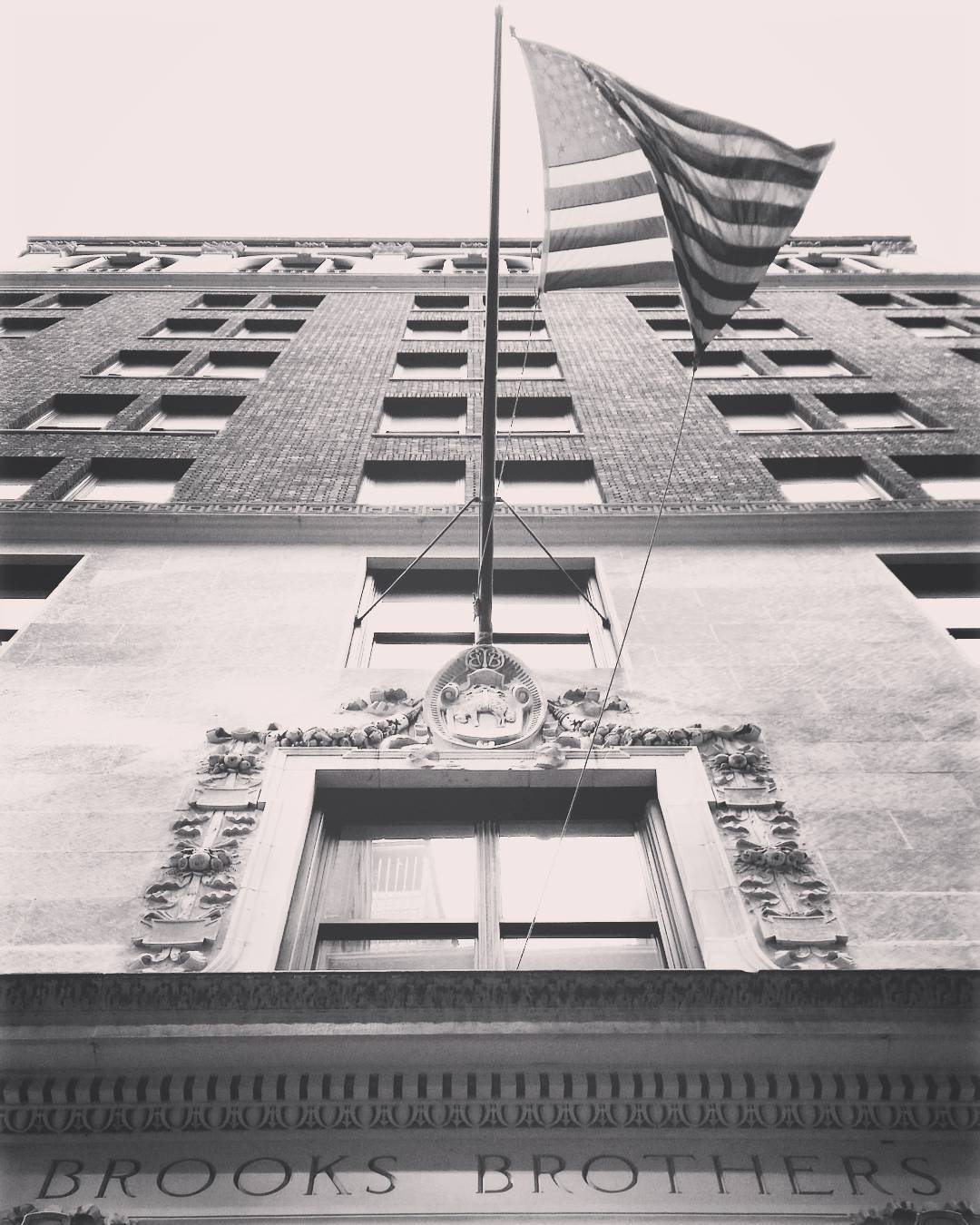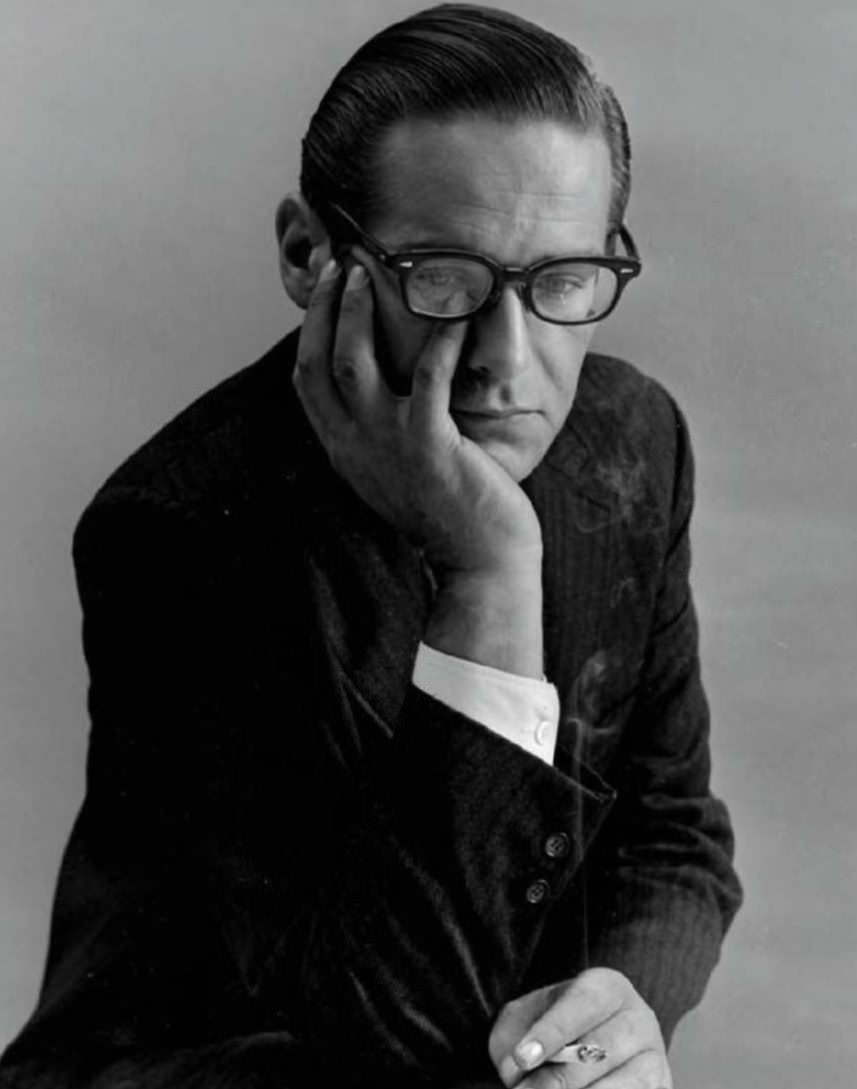
Even on lockdown and while working from home, in what I can only presume to be sweatpants and t-shirts, Americans love debating what others should wear to work. Last week, political blogger and Vox co-founder Matthew Yglesias responded to a tweet asking people to share their hottest, non-cancelable takes. "It would be better, all things considered," he tweeted, "to go back to the norm where everyone has to dress up (suits/ties for men, etc.) for work at office jobs."
Naturally, not everyone on Twitter agreed. Atlantic staff writer Amanda Mull replied: "This is incorrect and reinforces class and gender inequity, and I couldn't find anyone who studies the modern workplace who thinks it's a good idea." She later added racial inequity to the list and noted that dress codes, at their core, are about who is allowed to feel comfortable in the workplace. For some, the stiff layers and layers that go into buckram-reinforced clothing represent a kind of tyranny imposed from the top down. How you feel about strait-waist-coat attire depends on whether you're someone who makes rules or someone subject to them. In her tweet, Mull included a link to her May 2020 article for The Atlantic, where she argued that dress codes are not only wrong, they should be consigned to the dustbin of history. Let workers dress according to simple dictates, she implored, so that you treat them like adults and not "not babies at productivity daycare."
Gurung, Cawood, and Hall all agree that the mandate for greater fairness in the workplace — spurred by nondiscrimination laws and the need to retain workers in a tight labor market — will likely spell the end of the dress code as we know it, sooner rather than later. For traditionalists, this might sound like an abandonment of pride and professionalism, but in reality, Cawood says, companies that overhaul, simplify, or drop their dress code rarely do anything but make their employees happier.
Keep reading






